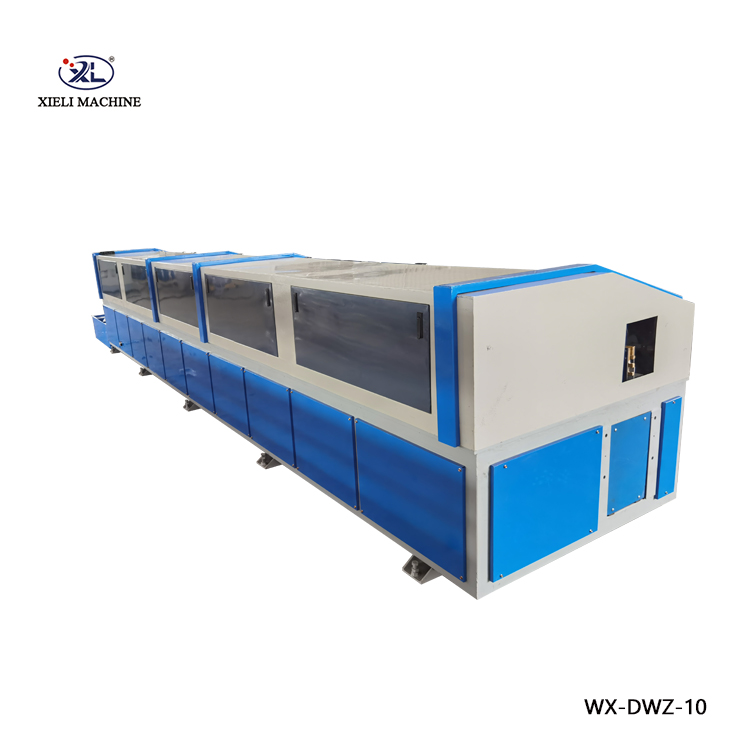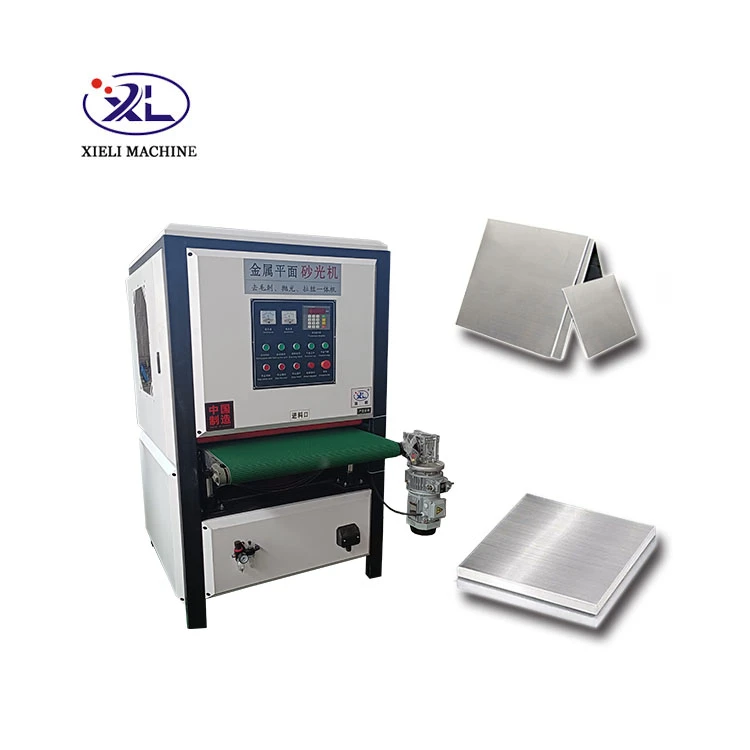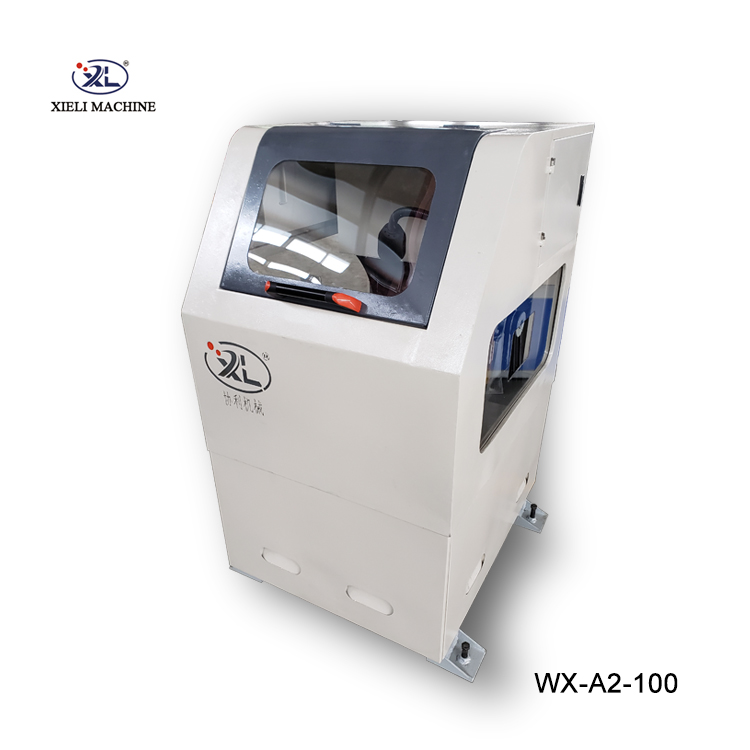Centerless Cylindrical Grinding An Overview
Centerless cylindrical grinding is a highly efficient and precise manufacturing process used to shape and finish cylindrical workpieces without the need for a central axis or fixture. This technique has gained popularity across various industries due to its ability to produce parts with tight tolerances and smooth finishes, which are critical in applications such as automotive, aerospace, and medical device manufacturing.
The Process
The centerless grinding process involves three main components the grinding wheel, the regulating wheel, and the workpiece. Unlike conventional cylindrical grinding that holds the workpiece between centers, centerless grinding uses the regulating wheel to control the rotational speed and position of the workpiece while it is fed through the grinding wheel.
The workpiece is placed in a small gap between the grinding wheel and the regulating wheel. As the grinding wheel spins at high speed, it removes material from the outer diameter of the workpiece. The regulating wheel, which rotates at a slower speed, controls the infeed of the workpiece and regulates its axial movement. This arrangement allows for continuous operation without the need for manual loading and unloading, increasing productivity and reducing cycle times.
Types of Centerless Grinding
There are two primary types of centerless grinding through-feed grinding and in-feed grinding.
1. Through-Feed Grinding This method is ideal for producing long, cylindrical workpieces with consistent diameters throughout their length. The workpiece is fed continuously through the grinding area, making it suitable for high-volume production. The speed of the regulating wheel is carefully chosen to match the feed rate of the workpiece, ensuring even material removal.
2. In-Feed Grinding This technique is used for workpieces that require varying diameters or specific geometries. The operator or automatic feeder positions the workpiece onto the grinding wheel, allowing the grinding wheel to move in and remove material from the desired areas. In-feed grinding is commonly used for small batches or parts with intricate shapes, but it is typically slower than through-feed grinding.
Advantages of Centerless Grinding
centerless cylindrical grinding

Centerless cylindrical grinding offers several advantages over traditional grinding methods
- High Precision and Tolerance The process can achieve tight tolerances and exceptional surface finishes, making it ideal for parts requiring exact specifications.
- Increased Productivity The continuous operation and minimal need for setup and changeover allow for rapid machining cycles, facilitating mass production.
- Reduced Handling Since the workpiece does not require centering, the risk of handling damage is minimized, leading to higher yields.
- Versatility Centerless grinding can be applied to a wide range of materials, including metals, plastics, and ceramics, making it suitable for diverse industries.
Applications
Centerless cylindrical grinding finds applications in various sectors. In the automotive industry, it is used for producing fuel injection parts, axles, and transmission components. The aerospace sector utilizes centerless grinding for manufacturing turbine shafts and landing gear components, where precision and reliability are paramount. Furthermore, the medical device industry employs this technique for creating surgical instruments, implants, and precision components that necessitate high-quality finishes and accuracy.
Conclusion
In conclusion, centerless cylindrical grinding has become an indispensable process in modern manufacturing due to its efficiency, versatility, and precision. As industries continue to demand higher quality components at lower costs, the adoption of centerless grinding methods is likely to increase. Ongoing advancements in technology may also enhance the capabilities of this technique, enabling manufacturers to meet evolving market needs and maintain a competitive edge. Whether for mass production or specialized applications, centerless grinding remains a cornerstone of precision engineering and machining practices today.





